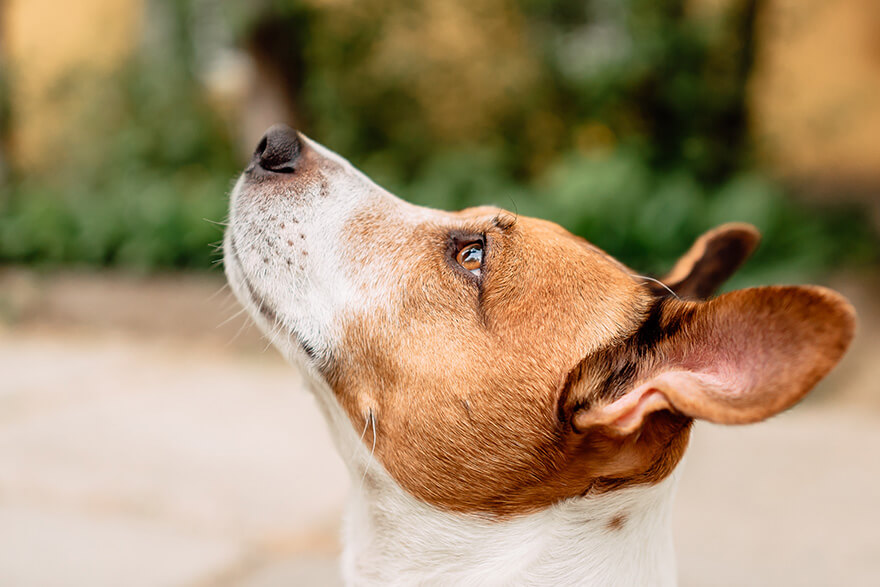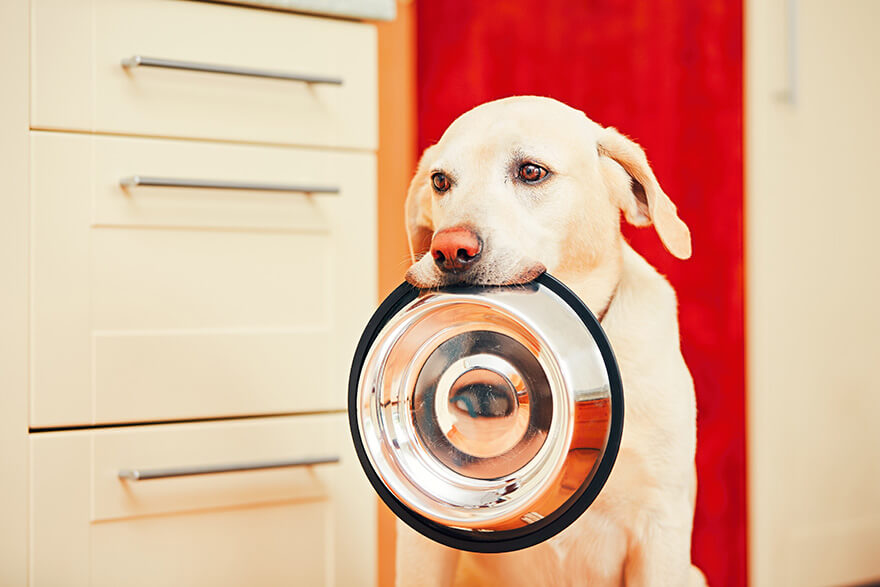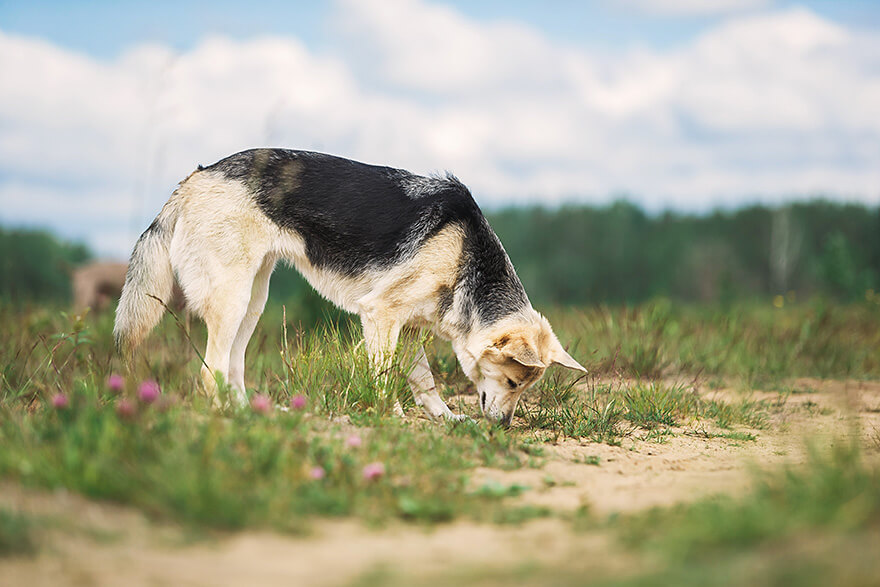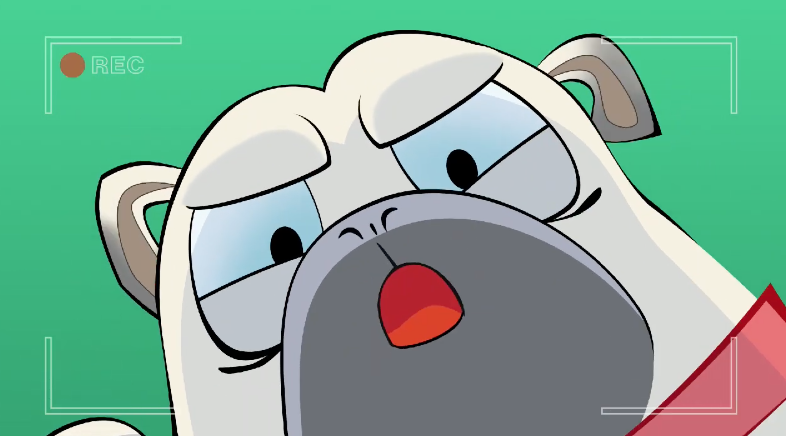

How to Read Your Dog’s Body Language
Sometimes you just stand there and wonder what your dog is trying to tell you.
By looking at your dog’s body posture and facial expression, you can get a better grasp of their plans.

Writer Animalia Team
5 min read

Sometimes you just stand there and wonder what your dog is trying to tell to you.
Canines most often express their happiness or displeasure by barking. The tone of the bark signals the mood of our dog. But vocal signals are not the only way to understand their intentions or emotional state. By looking at their body posture and facial expression, you can get a better grasp of your dog’s plans.
So, If you want to deepen your bonding, you need to learn how to read his body language.
The dog alphabet
Learning to notice signals like tail wagging and facial expressions will help you identify the emotional state of your dog. The alphabet a dog uses to communicate with their owner are physical cues like movements of the eyes, tail, mouth, and ears. Learning what raised ears or averted gaze means, helps owners to respond appropriately in a given situation.

The good news is that a dog’s body language is universal. If you can read your own dog’s body language, you can understand other dogs as well, no matter what breed they are or where they live. A Brazilian dog shows joy with an open mouth and swinging tail, just as a Korean dog does.
Happy and playful body language
Dogs go about their daily business with a relaxed attitude. The posture of a confident dog is head high, mouth open, and ears perked up. There is a relaxed canine with a gentle swing in their tail that is happy to play with you.
The tail is a key communication tool in a dog’s arsenal. Owners can collect a lot of information from the tail’s position. A swing can be the difference between “hello there” and “you better get out of my way”.
The visual signal of happiness usually mirrors the signs of submission. When you notice that the dog’s front legs are stretched forward, the rear end up in the air, it is the play bow maneuver. A happy dog doesn’t appear tense, nor very focused on the surroundings. Their priority is finding someone who will be interested in petting them.
Aggressive posture
Canines evolved from wolves. And wolves are predators. Even though dogs have undergone a domestication process over the years, the aggressive trait is still an integral part of their genome.
Aggressive behavior is a sign of fear. Dogs do not like to be in an overwhelming position. The high wagging tail is a signal that your dog is in a foul mood. Another sign of an agitated state is the cold-blooded stare. When encountering a dog that is lunging forward, be aware that the barking and body posture can escalate fast if you make provocative movements.
If you notice frequent signals of aggression in your dog, work with a trainer on building a positive reinforcement plan which includes more socialization with other humans and dogs alike.
Body language signaling stress
Yes, they have evolved from a predator, but dogs do get fearful occasionally. When upset, a canine will divert their look and start sniffing the ground. In some instances, they may scratch their body. The worst scenario is involuntary urination. Frequent yawns are another indicator of a scared dog. It is usually accompanied by a tail tucked between their rear legs, sometimes cowering into a ball.

Stress makes dogs hyperactive. They start running erratically like they are trying to blow out the steam. But the more probable explanation is they are avoiding the situation that is making them uncomfortable. Dogs try to calm themselves down by mouth-licking.
Submissive posture
Most new owners misinterpret submissive behavior in their dogs, especially when they are interacting with other canines. Roles like submission and dominance are not character traits. They represent a dynamic in a playful relationship.
If your dog is exposing his abdomen, that attitude doesn’t advertise surrender. The message is that they mean no harm – they just want attention and some playtime.
Master your dog’s lingo
The overview of how to read your dog’s body language is just a guideline. You need to look at the larger context of the situation ahead. By putting all the pieces together, you can get a better perspective of what your dog is trying to communicate. “Woof, woof!” might mean you’ve left the stove on, or it might be a call for some PDA.
Our dogs are not too complex to understand. By investing some time in investigating his language, you can deepen your bonding and prevent potential future challenges. You don’t have to bark back at your dog as he barks at you, you just need to pay attention.
Your dog relies on you, if you could fully understand what he’s trying to tell you, he would probably have asked you to check the option of dog insurance plan, one that will cover illnesses, accidents, injuries, and so much more! Have you considered Animalia’s pet insurance yet? Get a quote from Animalia today to learn more.





We offer the most
comprehensive coverage
out there
car with a spare tire for life’s bumps.
Having Animalia is like a pimped-out
Rolls Royce with a swimming pool
in the trunk.



Get your pet insurance quote
Pet type
- Dog
- Cat
What is your pet's name?
Zip code





